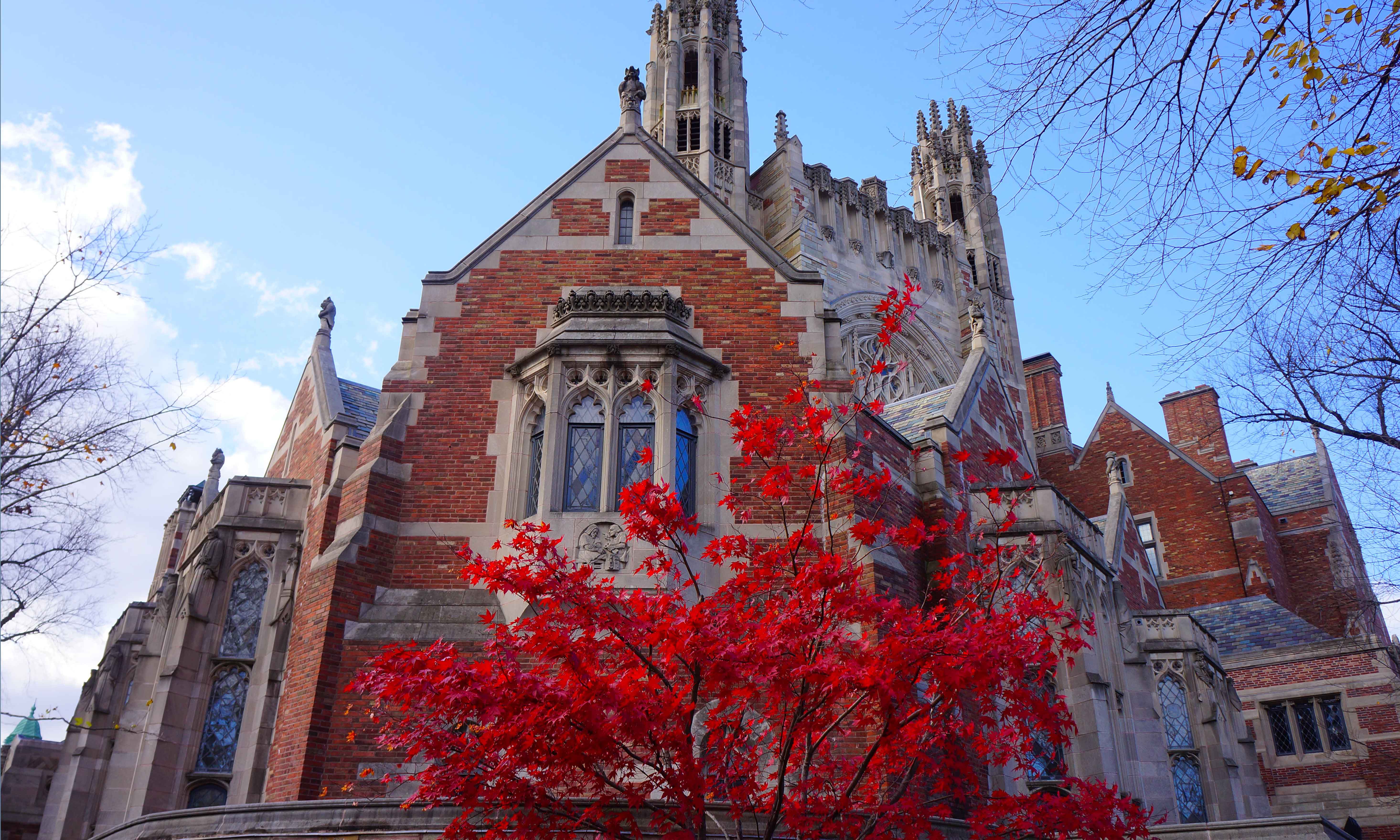
For every defeat to Harvard on the football field, it seems, Yale is ready with a triumph in the law schools.
Fred Shapiro and Julie Krishnaswami, librarians at Yale Law School, published an article on Nov. 30 in the Minnesota Law Review entitled “The Secret History of the Bluebook,” which challenges the Harvard Law Review’s claim that it first created The Bluebook, one of the most important documents in the American legal profession. Contrary to the widely accepted narrative of The Bluebook’s origins, it was a scholar at Yale, not Harvard, who first wrote what would become the industry-standard style guide for lawyers and legal scholars in the U.S., Shapiro and Krishnaswami claim.
The traditional story of The Bluebook’s origins, penned by accomplished jurist and former Dean of Harvard Law School Erwin Griswold, holds that The Bluebook originated with the Harvard Law Review in the 1920s. Griswold wrote in 1987 in a Harvard Law Review centennial publication that The Bluebook started as an internal document, and in due course other law reviews heard about it, and made suggestions for its improvement. As a result, the story goes, authorship was shared between four law reviews — those at Harvard, Yale, Columbia and the University of Pennsylvania — and revenues were split accordingly, with Harvard receiving a greater share of the revenues in return for doing the bulk of editorial work. A secondary but widely accepted story maintains that it was Griswold himself who wrote the majority of the original Bluebook.
The first indication that this long-standing narrative might not be entirely correct came nearly 20 years ago, when Shapiro came across several pamphlets in the Yale Law School library that resembled the original Bluebook but actually predated it. Over the years, working at both Harvard and Yale’s law school archives, Shapiro and Krishnaswami continued to research that initial discovery. They have now concluded that Griswold’s account was “wildly erroneous,” and the attribution of the book to Griswold himself was equally unsupported by the factual record, they wrote in their article.
In largely archival research which Shapiro described to the News as “authoritative,” the librarians established that the manual’s true origins lie with Karl N. Llewellyn, Yale College class of 1915 and Yale Law School class of 1918, who authored a brief, eight-page booklet entitled “The Writing of a Case Note,” which included a page giving rules for citing case law. This page, Shapiro and Krishnaswami wrote, was “the embryo that has grown into the 582-page behemoth that is The Bluebook 20th edition in 2015.”
Griswold’s account of The Bluebook’s origins also omitted decades of history. While he wrote that the four law reviews shared the revenues from the moment of creation, Shapiro and Krishnaswami’s research showed that the Harvard Law Review kept all of the revenues to itself until 1976. Three years prior, Joan Wexler LAW ’74 — then a student at Yale Law School — had overheard some Harvard Law students bragging about how much money their school had. She soon discovered that much of the school’s revenue came from The Bluebook sales which Harvard was not sharing with Yale, Columbia or Penn. Wexler led a “revolt of the junior partners” that resulted in the 1976 settlement, Shapiro and Krishnaswami wrote.
Shapiro said the revelation that Yale is the true source of The Bluebook signals a historical accomplishment for Yale Law School.
“I think our students are taking pride in this,” Krishnaswami told the News.
In a joint statement provided to the News, the current editors of the four law reviews wrote that “[t]he Law Reviews at Columbia, Harvard, Penn and Yale have been working collaboratively on The Bluebook for many decades. Whatever the ancient history might be, today we’re doing all we can to be the best possible stewards of a resource used by so many throughout the legal world.”
The research for the article was almost exclusively archival, and Shapiro said that it could not have been done digitally. The research shows the still-significant power of primary sources, he said.
Notably, at the 1990 renegotiation of The Bluebook revenue-sharing agreement, President Barack Obama — then the editor-in-chief of the Harvard Law Review — headed up Harvard’s delegation.
“No, I have not heard from Barack Obama,” Krishnaswami said.
Although The Bluebook is compiled by the editors of Harvard, Yale, Columbia and UPenn’s law reviews, it is published and distributed by the Harvard Law Review Association.







